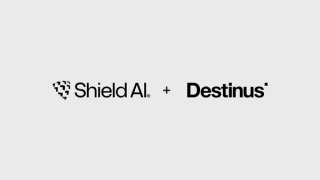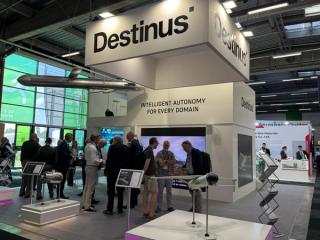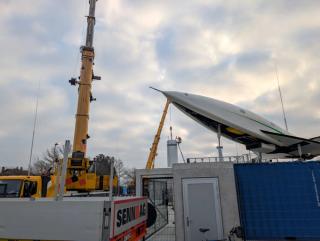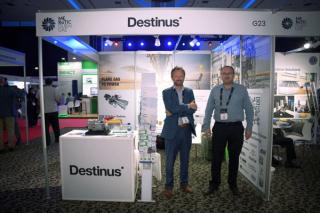In recent years, the interest in supersonic and hypersonic technologies has grown significantly, and globally. With the emergence of new technologies, companies, and significant investments in research centers of this field, several super-fast planes are now under development.
In order to quickly and accurately verify these new concepts, there’s a need to develop sophisticated numerical tools. The alternatives are often too costly and time-consuming, such as wind-tunnel testing and extensive flight tests. Therefore, numerical methods are key to the development of supersonic and hypersonic vehicles.
Innovative companies in the New Space field have built their success on the rapid development of their products thanks to numerical tools, considerably reducing the number of experiments on the ground. Numerical methods are now the main design tools used by aerospace engineers. Several reasons can justify this paradigm shift:
- Economic: the power and performance of computers have increased much faster than their cost;
- Technical: computer performance has considerably evolved during the last decades, while experimental facilities have not evolved much and are still limited by the flow conditions to be reproduced, wall effects, instrumentation, etc.;
- Energy: even if the consumption of computers, for calculation and storage, has increased drastically, wind tunnel experiments remain very energy-intensive; and
- Speed: simulations produce results in quasi-real-time for simplified methods, up to a few days or even weeks or months for the most demanding tasks, while experimental test campaigns can be much longer, considering the design of test models, instrumentation, calibration, test execution, and interpretation of results.
The use of numerical methods for the development of hyperplanes allows for studying the main aspects of supersonic and hypersonic aerothermodynamics, from the conceptual design phase to the detailed design phase leading up to manufacturing. The aerodynamic analysis can be divided into two groups and cover all flight regimes (subsonic, transonic, supersonic, and hypersonic):
- External aerodynamics of vehicles provides the aerodynamic and thermal loads. This is useful for the design of the vehicle structure and the passive or active protection systems, as well as for the flight qualities, stability, and manoeuvrability of the vehicle.
- Internal aerodynamics of vehicles covers the design of propulsion engine inlets, exhaust nozzles, flow control valves, internal engine components (such as compressors, turbines, combustion chambers, and the chemical reactions of combustion), and the design of active cooling systems.
For all these studies, whatever the discipline and the physics considered, one generally starts by using simplified methods, called “low-fidelity”. These models are usually based on theoretical equations or correlations from experimental data. The next step is to continue with more advanced methods, called “high-fidelity”, such as Computational Fluid Dynamics (CFD), as the design and development of the hyperplane progresses. In addition to these classical approaches, Multidisciplinary Optimization Methods (MDO) are increasingly used, which allow converging towards an optimal design, considering a large number of variables, constraints, and requirements.
CFD can be used in the preliminary and detailed design phases to analyze in depth some physical phenomena, helping in the vehicle design process. The validation of the tools and the quantification of uncertainties are part of the process because the design margins of the vehicle depend on these uncertainties and could be detrimental to the performance of the vehicle if they are overestimated.
At Destinus, we have set up several departments for developing the tools needed to support the design process of our Hyperplanes. This includes mission design, aerodynamics, and aerothermodynamics.
The development of hyperplanes at Destinus relies on a wide range of numerical tools, developed in-house or commercially available. These tools are applied from the conceptual design phase to the detailed analysis phase before we can start flying the vehicles.








